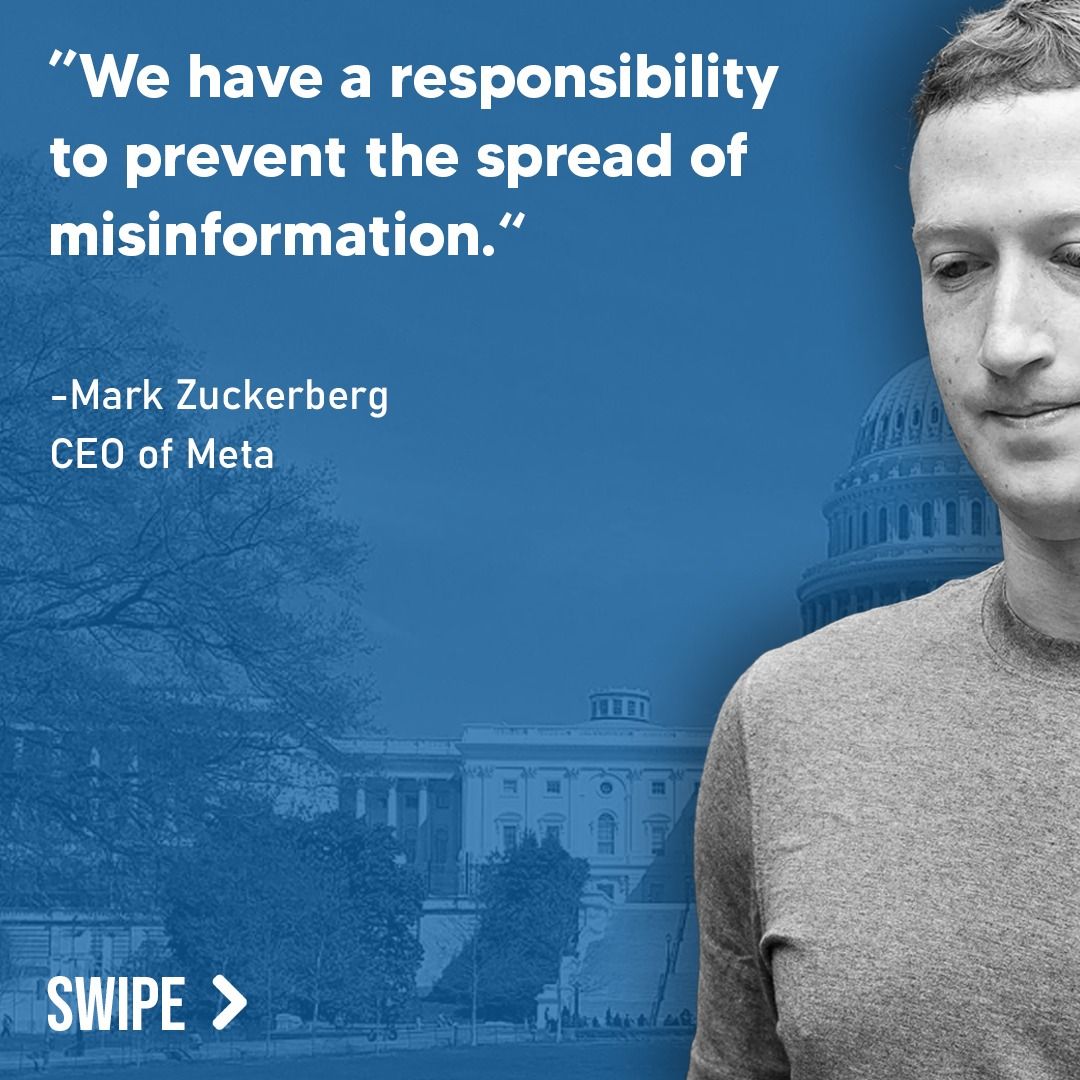
Introduction
The Guardian’s recent article sparked interest due to a dramatic claim: China has retaliated against U.S. trade measures with an 84% tariff on all imported American goods. This report prompted concerns among readers trying to understand the economic implications of this move, particularly for global markets and bilateral relations between two of the world’s largest economies. This fact-check aims to dissect the accuracy of those claims, gauge their economic ramifications, and clarify context around the trade friction.
Historical Context
U.S.–China trade tensions escalated during Donald Trump’s first term when both countries imposed rounds of tariffs on each other’s goods, peaking in 2018–2019. Though a “Phase One” agreement was signed in 2020, many trade restrictions remained. Trump’s return to the White House in 2025 has reignited this confrontation, with a new round of tariffs surpassing earlier levels. Historically, these standoffs have contributed to global market unrest and challenged multinational supply chains reliant on U.S.-China trade.
Claim #1: “China has announced new tariffs of 84% on imports of all US goods.”
This claim is demonstrably false. As of April 2025, China has not imposed an 84% across-the-board tariff on all U.S. goods. Chinese Ministry of Commerce statements confirm escalated tariffs on a select list of U.S. imports—particularly agricultural products, semiconductors, and energy goods. However, the figure of 84% seems to be a weighted average tariff on a targeted subset, not a universal rate. Official state media such as Xinhua report the maximum new tariff total may reach 84% on some individual items but not all goods.
Source:
China Ministry of Commerce (MOFCOM) announcement:
http://english.mofcom.gov.cn/article/newsrelease/press/202504/20250403400023.shtml
Claim #2: “U.S. tariffs on Chinese products since Trump returned to office total 104%.”
Mostly accurate with some context needed. The 104% figure refers to the cumulative tariff burden added by different rounds since February 2025. According to U.S. Trade Representative data, these include a 34% base tariff, an additional 50% increase after China’s retaliation, and earlier additions from February and March. While technically accurate, the breakdown of these numbers is essential to avoid misleading readers into believing there’s a flat 104% tariff on all Chinese exports to the U.S.
Source:
Office of the United States Trade Representative: https://ustr.gov
Claim #3: “These tariffs have caused worldwide market drops and fears of a global recession.”
Partly accurate. While global markets, particularly in Europe and Asia, have reacted negatively in recent days, it’s misleading to attribute these declines solely to the tariff announcements. Economic uncertainty, inflation data, and oil price fluctuation have all played a role. For example, Germany’s DAX and France’s CAC indices fell more than 3%, but economists also link these drops to declining PMI numbers and expectations of ECB rate hikes—not just the tariffs.
Moreover, U.S. markets initially dropped but later recovered partially, according to Bloomberg’s trading summary on April 9. This undermines the claim that tariffs alone triggered significant destabilization.
Source:
Bloomberg Markets April 2025 Recap: https://www.bloomberg.com

Claim #4: “China’s stock markets rose despite the announcement of retaliatory tariffs.”
True. Following the announcement of the retaliatory tariffs, the Shanghai Composite rose 1.1% and the Shenzhen SE Composite increased by 2.2%. This counterintuitive rally occurred due to speculation of state intervention and institutional buying by state-backed funds. Historically, Chinese markets often respond to economic shocks with short-term gains when Beijing signals support through media or monetary easing.
Source:
Reuters – April 9, 2025: https://www.reuters.com/markets

Conclusion
The Guardian’s article accurately acknowledges rising trade tensions, but several statements are misleading due to their lack of nuance or imprecise language. The claim of an 84% tariff on all U.S. goods is exaggerated—the figure applies only to specific goods, not universally. Similarly, while the U.S. tariffs do total 104% for some Chinese items, this is not a uniform rate. The overall market turbulence cited has multiple causes, and attributing downturns solely to tariff escalation oversimplifies a complex picture. While Trump’s trade policy has undeniably reignited global trade anxieties, the article occasionally slips into alarmist framing without sufficient context.

Encourage Readers to Take Action
Want clarity when headlines get confusing? Download the DBUNK app for fact-checked news you can trust. Join us in the fight against media misinformation by following us on social media today.

